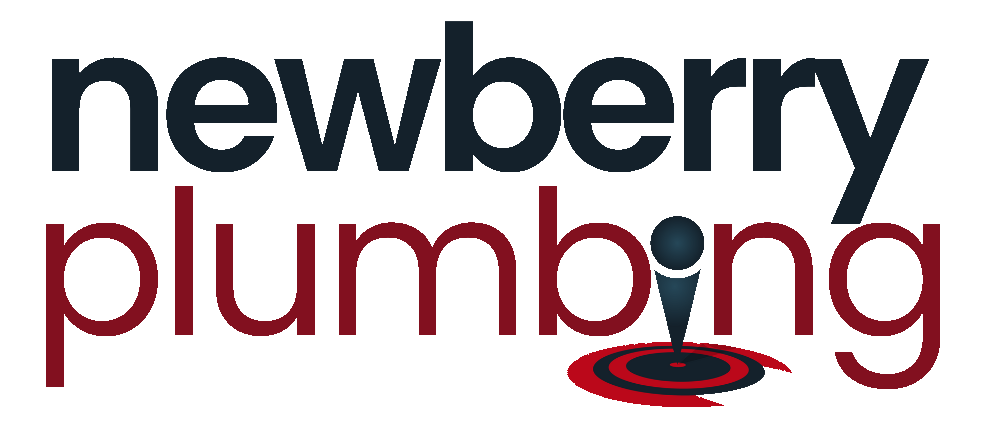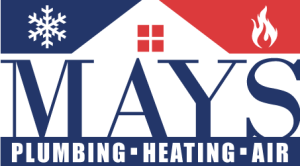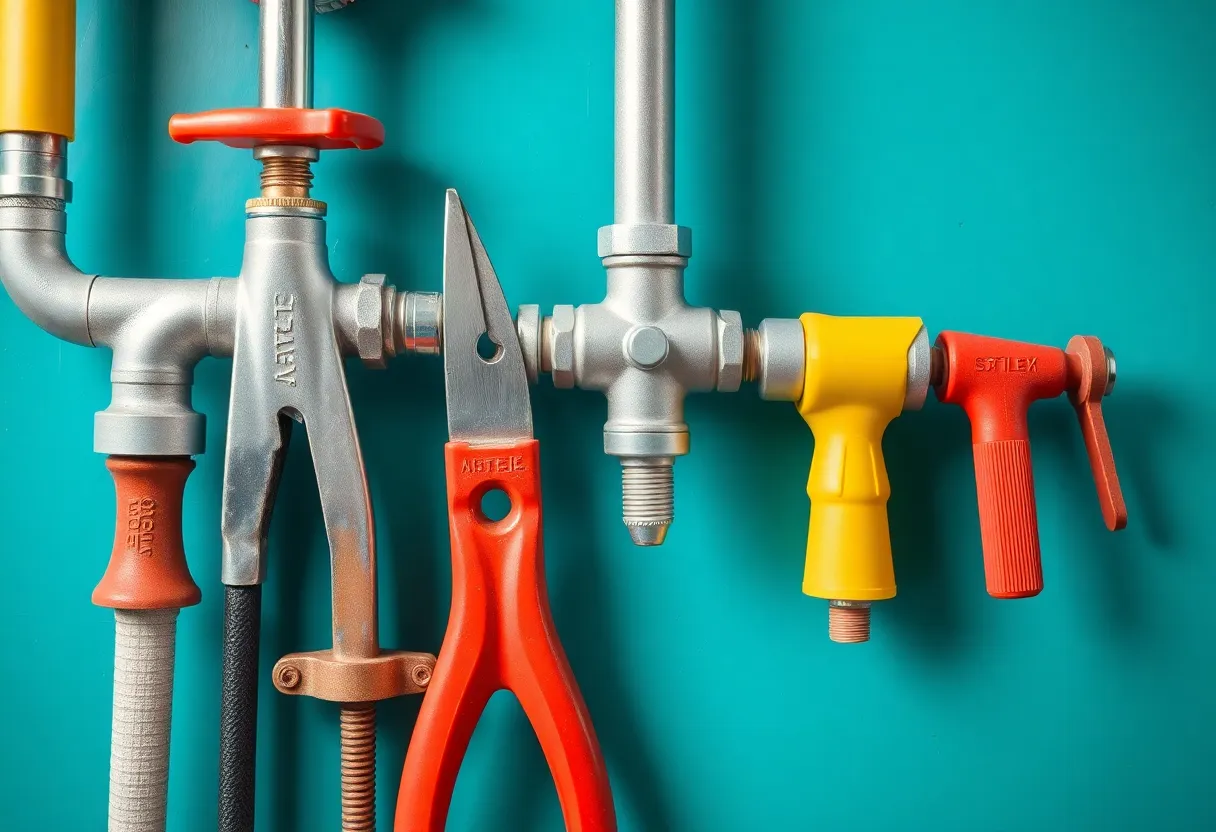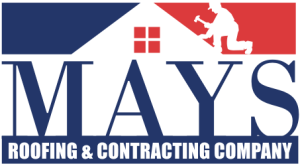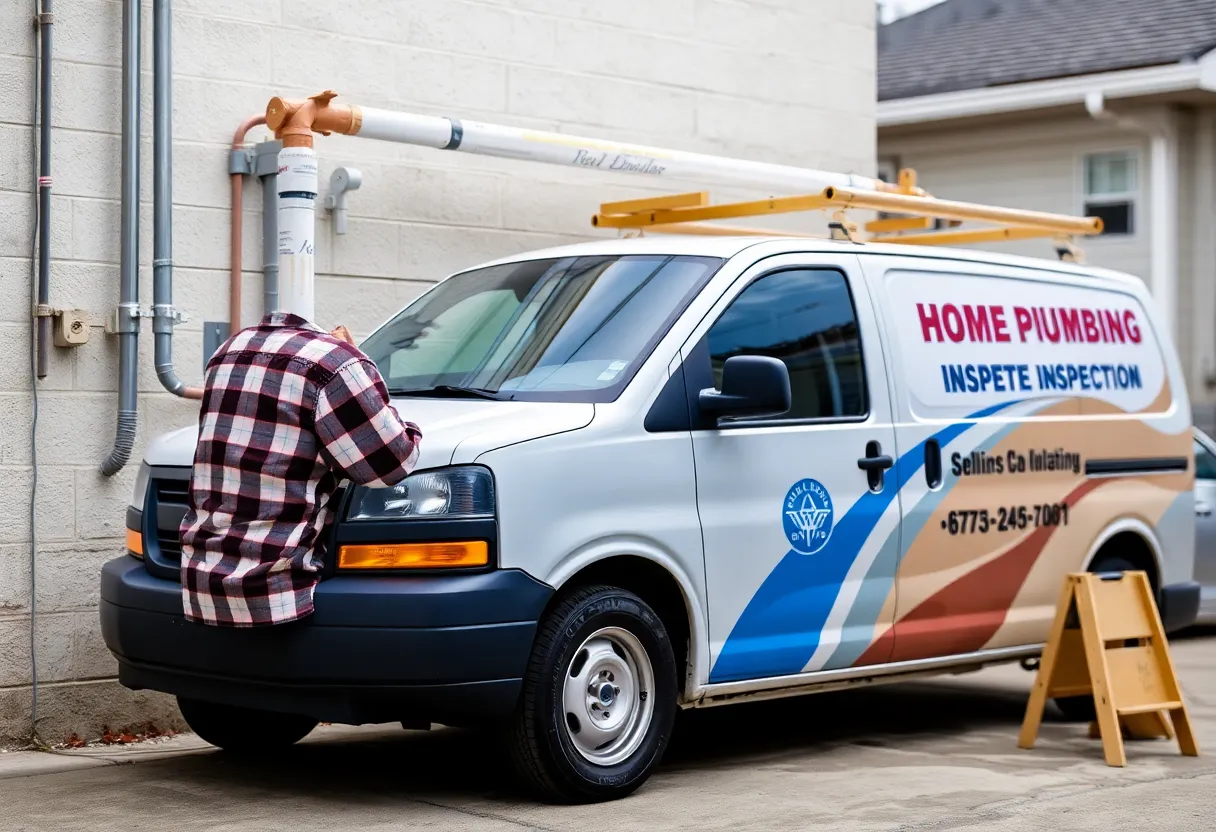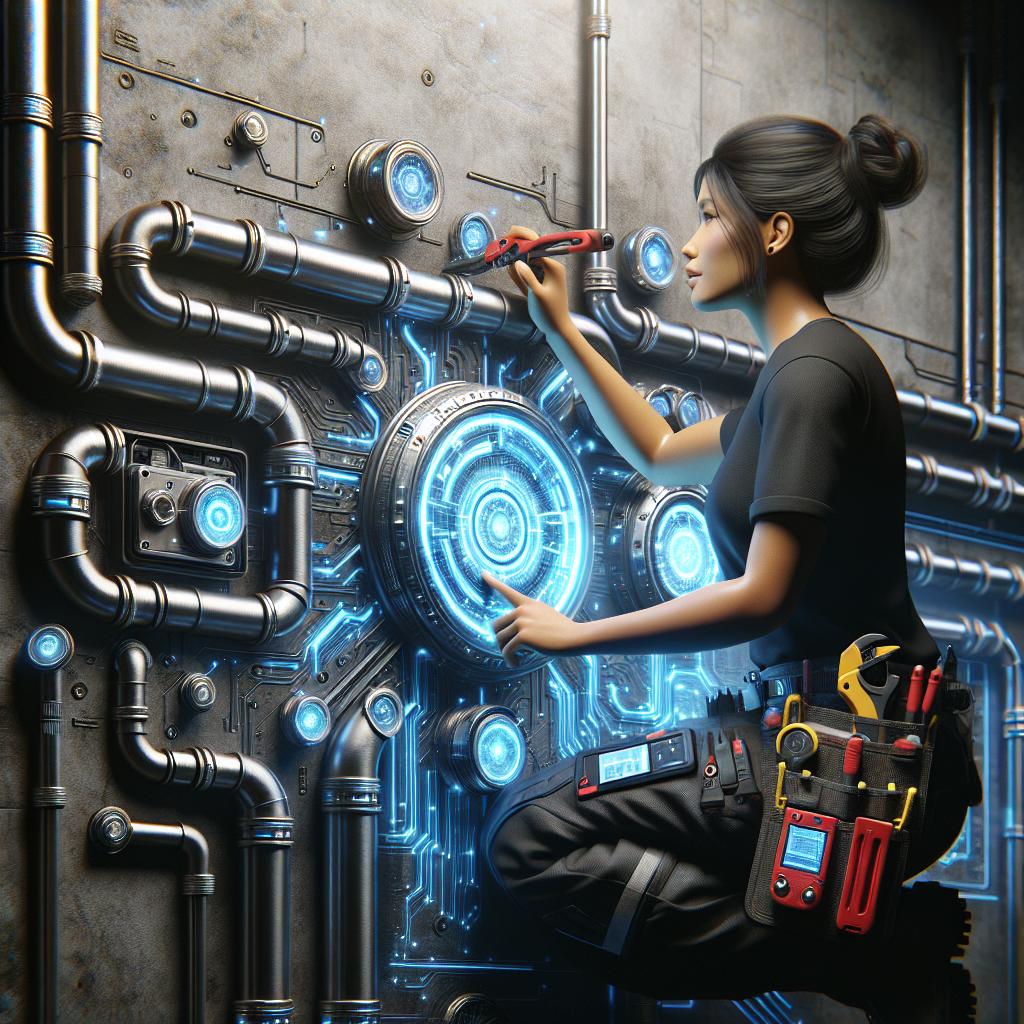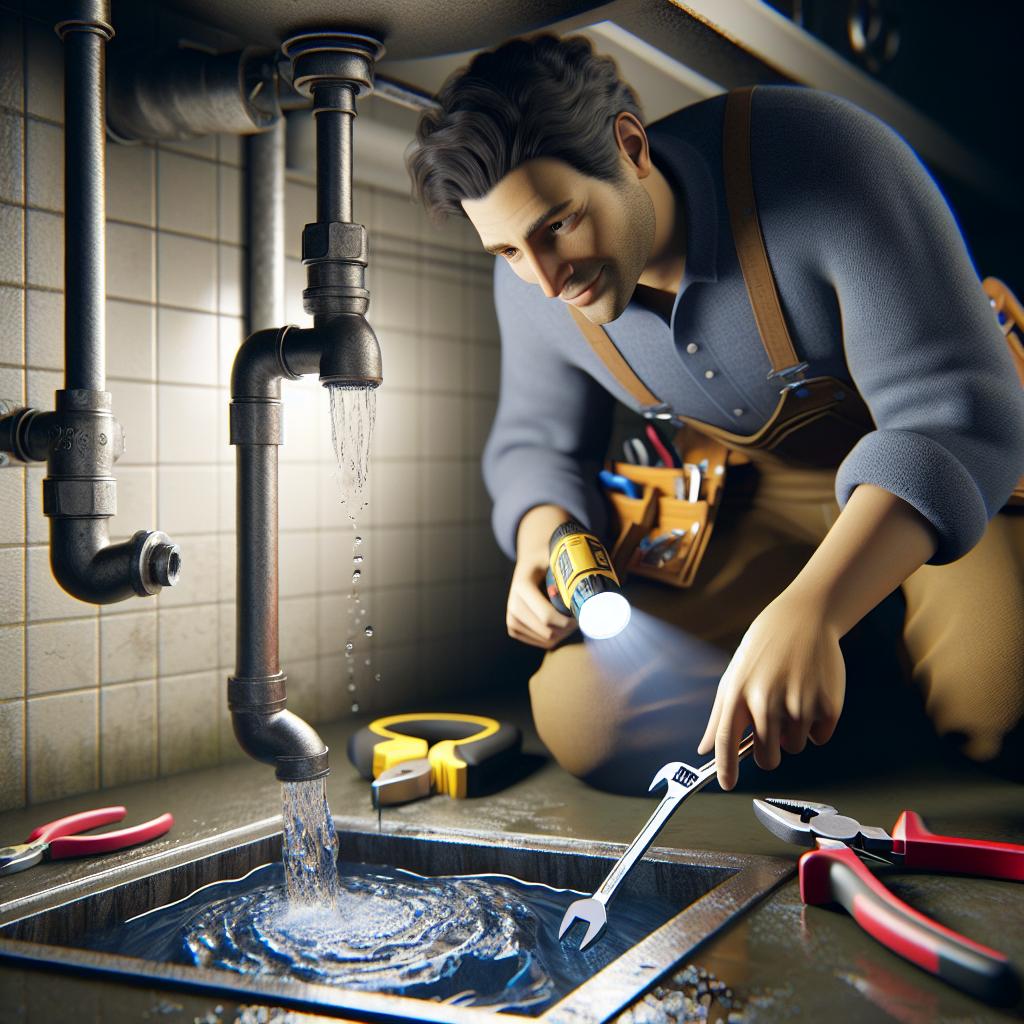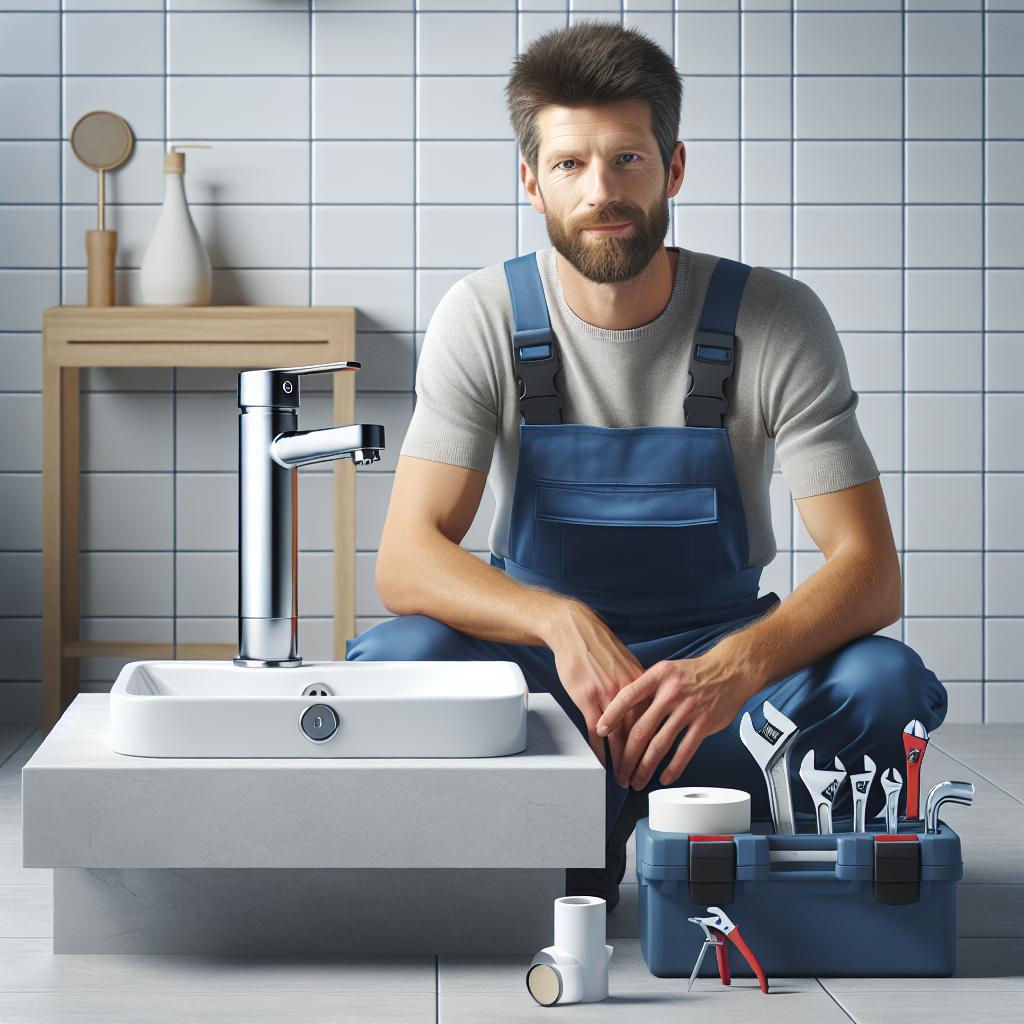Plumbing Hacks: 8 Essential Tools Every Homeowner Needs for Quick Fixes and Maintenance
Every homeowner knows that plumbing issues can arise unexpectedly, often leading to costly repairs or inconveniences. However, with the right tools and a bit of know-how, many plumbing problems can be tackled easily without the need for a professional. In this article, we’ll explore eight essential tools that every homeowner should have on hand for quick fixes and routine maintenance. These tools will help you address common plumbing headaches with confidence and efficiency.
1. Pipe Wrench
A pipe wrench is a must-have tool for any homeowner. It provides a strong grip on pipes and tubular fittings, allowing you to tighten or loosen plumbing connections with ease. Here’s why it’s essential:
- Versatile Use: Ideal for various plumbing tasks, from fixing kitchen faucets to adjusting outdoor plumbing.
- Easy to Use: With its adjustable jaw, a pipe wrench can accommodate different pipe sizes, making it handy for multiple repairs.
- Durable Construction: Most pipe wrenches are made from sturdy materials that ensure long-term use.
Tips for Using a Pipe Wrench
To avoid damaging pipes, adjust the wrench correctly and apply even pressure. Use it on new pipes rather than old, rusted ones, as this can help prevent additional breaks or leaks.
2. Plumber’s Tape
Plumber’s tape, also known as Teflon tape, is a thin white tape used to seal pipe threads. It is crucial for ensuring leak-proof connections in plumbing systems. Here’s what to know about this handy tool:
- Preventing Leaks: Applying plumber’s tape before tightening threaded joints can help prevent leaks.
- Simple Application: Wrapping the tape around the threads is quick and does not require any advanced skills.
- Affordable: Inexpensive and readily available at most hardware stores.
How to Apply Plumber’s Tape
To apply plumber’s tape effectively, start a few threads back from the end of the pipe. Wrap the tape around in the direction of the threads to make sure it tightens as you screw the fittings together.
3. Adjustable Wrench
An adjustable wrench is another vital tool that should be part of every homeowner’s arsenal. Its ability to adjust to various sizes makes it versatile for many tasks:
- Multi-Use: Perfect for multiple plumbing jobs, from tightening nuts to loosening bolts.
- Compact Design: Its slim profile allows you to work in tight spaces.
- Easy Adjustability: The adjustable feature lets you quickly move between different sizes of fittings.
Using an Adjustable Wrench
When using an adjustable wrench, ensure it is on the flat side of the nut to avoid rounding the edges. This provides a better grip and more torque while working.
4. Plunger
A plunger is your first line of defense against clogged drains and toilets. It may seem simple, but it’s surprisingly effective:
- Variety of Types: There are different types of plungers for various plumbing issues, including cup plungers for sinks and flange plungers for toilets.
- Ease of Use: Most homeowners can successfully use a plunger without prior experience.
- No Chemicals Required: It’s an eco-friendly option for dealing with clogs.
Plunging Tips
To use a plunger effectively, ensure you cover the drain completely and create a good seal, then plunge up and down vigorously. This action helps loosen the blockage.
5. Drain Snake
If you experience persistent clogs, a drain snake is a fantastic tool for home maintenance. It provides an effective solution for deeper blockages:
- Flexible Design: Designed to navigate through pipes and reach clogs that are not accessible by plunging.
- Reusable: A drain snake can be used multiple times, making it a worthwhile investment for homeowners.
- Variety of Sizes: Available in various lengths and widths to tackle different types of clogs.
How to Use a Drain Snake
To use a drain snake, insert it into the drain gradually and rotate it in a circular motion to break up the clog. Be sure to follow the user’s manual for specific instructions regarding your model.
6. Basin Wrench
A basin wrench is a specialized tool that is valuable for working in tight spaces, especially under sinks. Its unique design makes it particularly useful for difficult-to-reach nuts:
- Long Reach: Its handle allows you to reach further back behind fixtures.
- Pivoting Jaw: This feature helps grip and turn nuts that are hard to access.
- Perfect for Faucet Installation: It is particularly effective for installing or repairing faucets.
Using a Basin Wrench
To use a basin wrench, position the jaw around the nut and turn the handle to grip it tightly. This will allow you to loosen or tighten the nut without straining.
7. Pliers
A good set of pliers can make all the difference when addressing plumbing challenges. These versatile tools can help with gripping, twisting, and cutting:
- Multi-Functional: Pliers can handle various tasks, such as holding pipes or cutting through wire.
- Different Types: Needle-nose pliers, tongue-and-groove pliers, and slip-joint pliers each serve unique functions.
- Essential for Small Components: Ideal for working with small fittings that require precision.
Pliers Usage Tips
When using pliers, always use the appropriate type for the task at hand. This prevents damage to the fixtures and makes the work easier.
8. Utility Knife
Finally, a utility knife is an essential tool for any homeowner who intends to engage in plumbing tasks. It’s often overlooked but incredibly versatile:
- Multiple Uses: Great for cutting through various materials, including plastic, rubber, or even old pipes.
- Safety Features: Most utility knives come with features to protect against accidental injuries.
- Replacements Made Easy: Blades are often replaceable, ensuring a long lifespan.
How to Safely Use a Utility Knife
Always cut away from your body, and maintain a firm grip on the handle to reduce the risk of accidents. Choosing the right blade for the material you are cutting enhances efficiency and safety.
Conclusion
Equipping your home with these essential plumbing tools can save you from costly repairs and unnecessary stress. Whether you’re dealing with a minor leak or a major clog, having the right tools on hand allows you to tackle many issues yourself.
Remember, while DIY plumbing can be gratifying and cost-effective, it’s essential to know when to call in a professional. Some plumbing issues may require advanced knowledge or tools outside the standard homeowner toolkit. However, with these eight essential tools, you’ll be better prepared for most plumbing challenges that come your way.
Invest in these tools, and you’ll be well on your way to becoming a competent DIY plumber!
